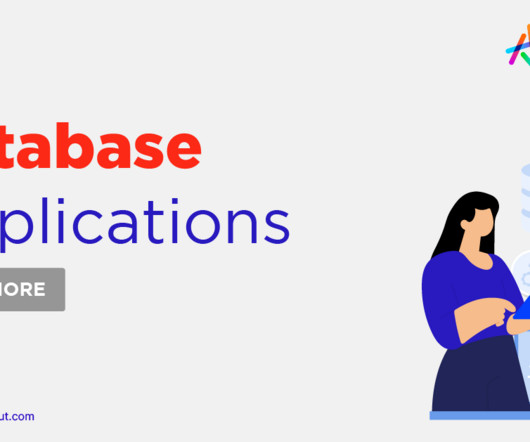The Role of Database Applications in Modern Business Environments
Knowledge Hut
JULY 26, 2023
They enable organizations to use data as an asset, resulting in greater operational efficiency, improved decision-making, and an edge over competitors in today's data-driven corporate world. Database applications also help in data-driven decision-making by providing data analysis and reporting tools.












Let's personalize your content